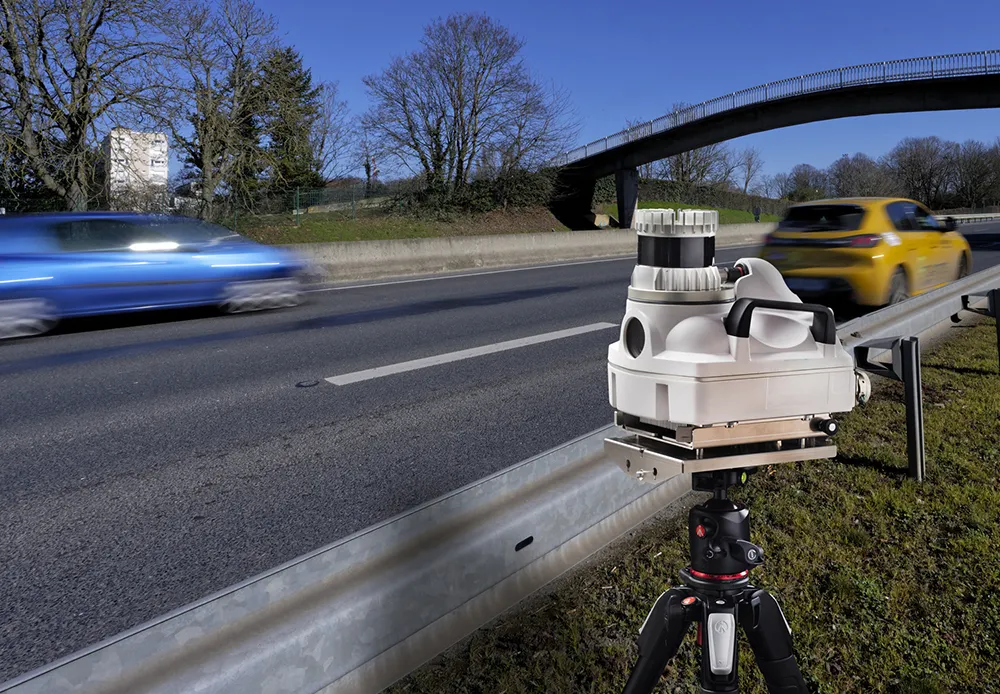The solution operates on the A415 between Abingdon and Witney, and is designed with the intention of maintaining an enforcement schedule and permitted vehicle lists. Its schedule will provide selected enforcement periods required for other types of restriction, with the permitted lists identifying council vehicles that are permitted to use the route irrespective of their weight limit, such as refuse collection, emergency response or road maintenance vehicles.
In Newbridge, the cameras have been installed onto existing CCTV columns with the intention of minimising disruption and cost. The equipment uses 3G communications and only requires a power connection, aiding the installation and flexibility of camera deployment.
Councillor Judith Heathcoat, deputy leader of Oxfordshire County Council said: “The County Council is committed to protecting this irreplaceable historic bridge and this technology allows us to do just that. We are responding to concerns from the local community and are alerting drivers of heavy vehicles so they can find other routes.”









